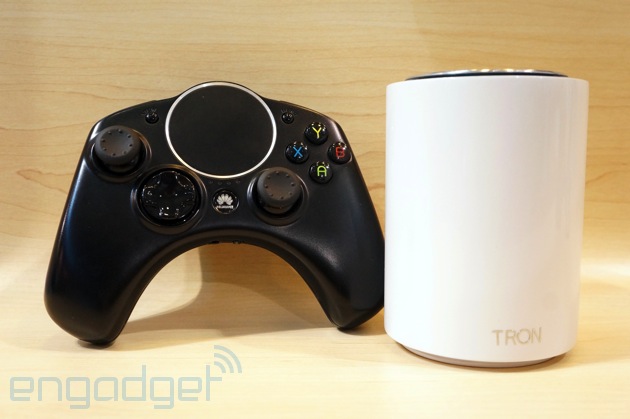Long-awaited, heralded, longed for, lusted after, overdue, deal breaker, savior, second coming, dead-on arrival, revelation, last gasp, comeback, hail mary pass, flagship… finally! If that string of descriptors hasn’t already tipped you off, Nokia’s Windows Phone messiah has arrived stateside to either silence critics or give’ em fodder for further nay-saying. Ensconced in a polycarbonate frame that’s similar to the N9, the Lumia 900 on AT&T’s LTE network is widely understood to be Espoo’s first true stab at building a presence for a mobile brand that’s ubiquitous everywhere but here.
To understand the gamble the company’s making with the Lumia 900, one need only look to another critically acclaimed, yet interminably stalled overseas import: Kylie Minogue. That foreign pop siren, a music industry veteran, has repeatedly failed to empty mainstream American wallets with her scattered hits, despite enjoying chart domination across the globe. Indeed the formula for US success is a fickle one. No matter the product category, the crossover membrane can sometimes prove too thick to permanently breach, often resulting in a “one and done” mentality marked by an inevitable retreat to more conciliatory European shores.
For the time being, though, it appears that Nokia’s going all in, ready to see its folie à deux with Microsoft through to the end. Indeed, with an irresistible on-contract price of $99, it would seem both parties are counting on this to be the mass market magic bullet they’ve sorely needed. So, can the Lumia 900, a single-core 1.4GHz handset hampered by a so-so 800 x 480 display, prove this tech alliance wasn’t ill-struck after all? Can an attractive industrial design and simplified UI triumph over seemingly modest specs? Will Nokia end up retreating to its overseas kingdom? Abandon those fanboy caps all ye who tag along, as we put this Finnish smartphone under the hot lights.
Continue reading Nokia Lumia 900 review
Nokia Lumia 900 review originally appeared on Engadget on Tue, 03 Apr 2012 21:00:00 EDT. Please see our terms for use of feeds.
Permalink | | Email this | Comments
Long-awaited, heralded, longed for, lusted after, overdue, deal breaker, savior, second coming, dead-on arrival, revelation, last gasp, comeback, hail mary pass, flagship… finally! If that string of descriptors hasn’t already tipped you off, Nokia’s Windows Phone messiah has arrived stateside to either silence critics or give’ em fodder for further nay-saying. Ensconced in a polycarbonate frame that’s similar to the N9, the Lumia 900 on AT&T’s LTE network is widely understood to be Espoo’s first true stab at building a presence for a mobile brand that’s ubiquitous everywhere but here.
To understand the gamble the company’s making with the Lumia 900, one need only look to another critically acclaimed, yet interminably stalled overseas import: Kylie Minogue. That foreign pop siren, a music industry veteran, has repeatedly failed to empty mainstream American wallets with her scattered hits, despite enjoying chart domination across the globe. Indeed the formula for US success is a fickle one. No matter the product category, the crossover membrane can sometimes prove too thick to permanently breach, often resulting in a “one and done” mentality marked by an inevitable retreat to more conciliatory European shores.
For the time being, though, it appears that Nokia’s going all in, ready to see its folie à deux with Microsoft through to the end. Indeed, with an irresistible on-contract price of $99, it would seem both parties are counting on this to be the mass market magic bullet they’ve sorely needed. So, can the Lumia 900, a single-core 1.4GHz handset hampered by a so-so 800 x 480 display, prove this tech alliance wasn’t ill-struck after all? Can an attractive industrial design and simplified UI triumph over seemingly modest specs? Will Nokia end up retreating to its overseas kingdom? Abandon those fanboy caps all ye who tag along, as we put this Finnish smartphone under the hot lights.
Continue reading Nokia Lumia 900 review
Nokia Lumia 900 review originally appeared on Engadget on Tue, 03 Apr 2012 21:00:00 EDT. Please see our terms for use of feeds.
Permalink | | Email this | Comments
















